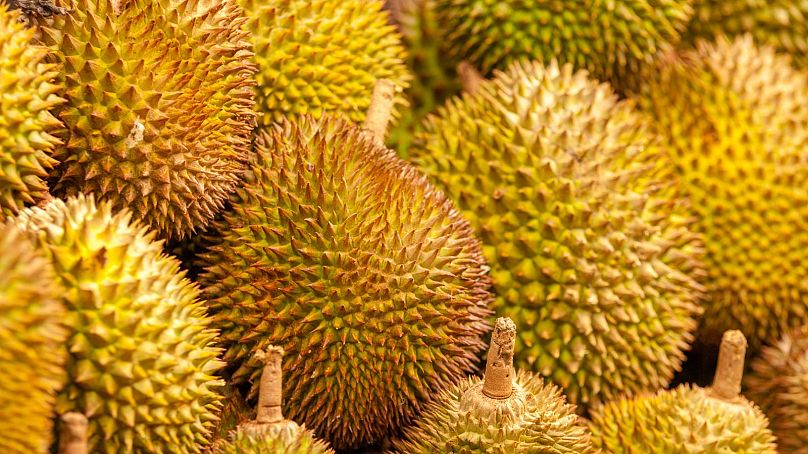The festival, which takes place between mid-August and mid-September, is a celebration of the Philippines’ pre-colonial identity and culture.
 ADVERTISEMENT
ADVERTISEMENT
For an entire month in the middle of summer, the city of Davao in the south of the Philippines - the third biggest in the country - bursts to life with the Kadayawan festival, a celebration of local culture.
Street markets pop up in every corner, colourful parades take over the streets, the potent smell of Durian - for many a delicacy, for just as many others a rotten fruit from hell - spreads from the local stalls, a siren call for the most adventurous foodies.
The festival, which is celebrated every year between mid-August and mid-September, is a great introduction for first-time visitors to the Philippines as well as the perfect next step for returning travellers who only know the country for its beautiful beaches.
What is the Kadayawan festival?
Kadayawan festival is a celebration that traditionally brings Indigenous people and Davao residents together to celebrate a bountiful harvest and showcase the identity of the local communities.
“In Davao, you have the tribal villages which allow you to witness what were the traditional homes of our tribes and meet the elders and the members of these tribal communities,” the Philippines Secretary of Tourism Christina Garcia Frasco tells Euronews Travel.
“And in that, it gives you a peek into the pre-colonial identity of the Philippines which still remains quite unadulterated, in the sense that it gives you an idea of what the Philippines would have been prior to the Spanish [colonial period].”
What can you expect at the Kadayawan festival?
The festival hosts one of the most unique beauty pageants in the world, Hiyas ng Kadayawan, where women representing the 10 different tribes of the region showcase their culture and heritage. Rather than strutting about the stage in a bikini, the women compete on their knowledge of local and tribal culture and wisdom. Expect beautiful costumes and traditional dances.
If beauty pageants aren’t for you, check out the incredible Indak-indak sa Kadalanan - a street dancing competition promoting the culture, rituals and folklore of the several tribes in the region.
Another tradition not to be missed is that of Pamulak Kadayawan, huge floats made of flowers, fruits and all sorts of local products which parade major streets in the city of Davao, attracting the attention of awed passersby. The event is one of the biggest during the festival.
What to eat at the Kadayawan festival
The season is perfect for trying some of the most famous fruits the country has to offer, including the infamous durian and the less controversial mangosteen, marang and rambutan. There’s an agricultural fest ongoing within Kadayawan, so you’re spoiled for choice.
“If you get through the olfactory challenges, durian is actually quite delicious,” Garcia Frasco says, recommending visitors pick the sellers who cut open the fresh fruit in front of you. “But it’s also the season of so many other heritage fruits, and it’s all ‘farm to table’.”
The festival is also a chance to see “a totally different face of Filipino food”, as many sellers maintain traditional ways of food preparation from their tribes.












